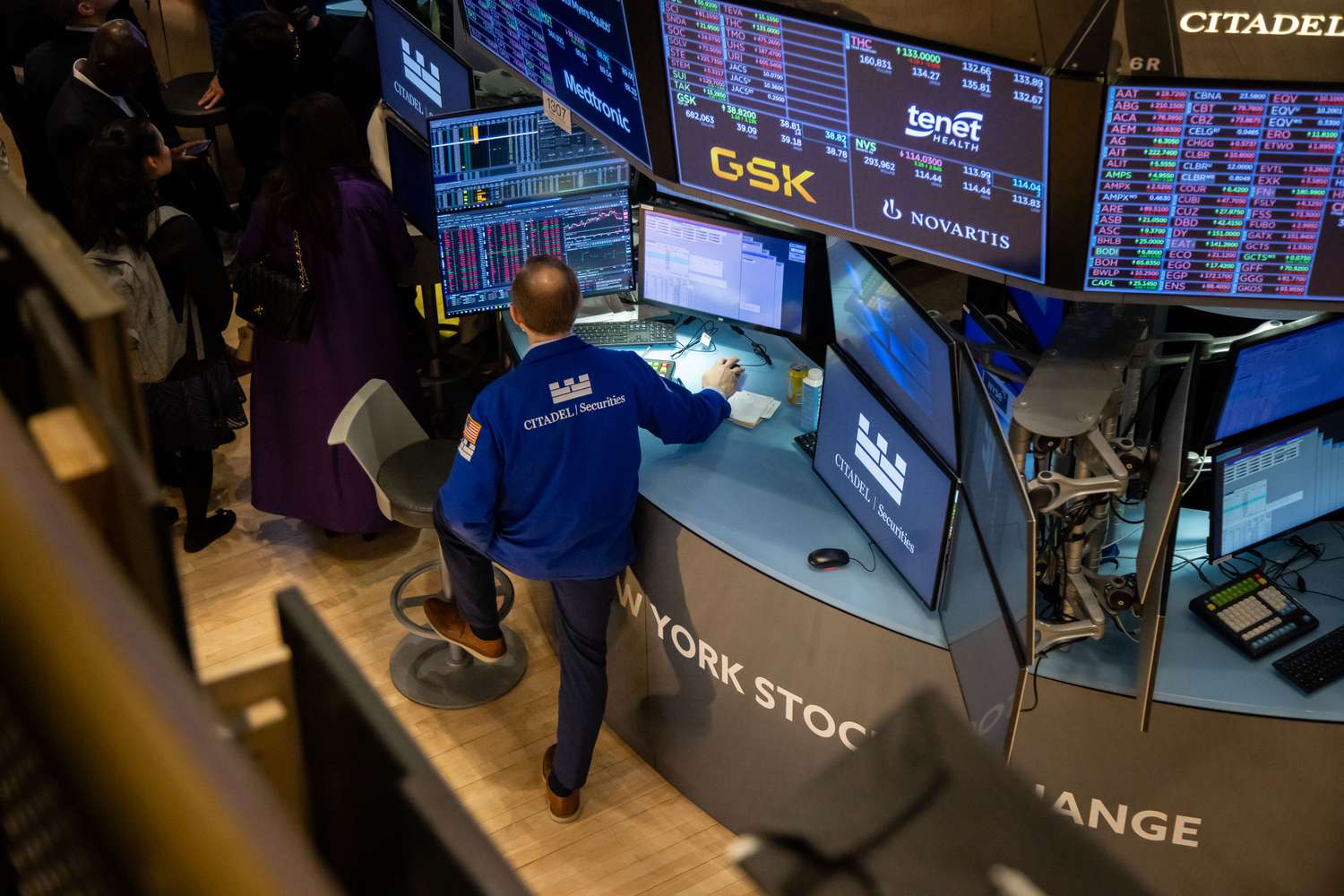We’ve all been there. Life gets busy and filing taxes falls to the bottom of your list of priorities. The challenge of filing your taxes late can feel overwhelming whether you missed the deadline by a few days or a few months but you can make a significant difference in resolving the situation efficiently and reducing any financial burden if you take certain actions right away.
It’s important to take the necessary steps to minimize penalties, avoid interest charges, and ensure that you’re compliant with IRS tax regulations.
Key Takeaways
- File as soon as possible if you’ve missed the deadline, which can help minimize penalties and interest.
- Late filing penalties start at 5% per month of the unpaid balance but can go as high as 25%.
- If you don’t plan on filing your taxes by the April 15 deadline and want to avoid penalties, consider requesting an extension.
Gather Your Documents
The tax deadline is typically April 15 of each year. Not filing isn’t the ideal course of action and the sooner you address the matter the more options you’ll have to reduce the financial impact and resolve things quickly and efficiently.
“People often incorrectly assume that they’re better off avoiding filing if they can’t pay. In reality, penalties are much harsher for failing to file than for failing to pay,” said Johnny Wolfe, tax accountant and owner of Madison’s Accounting & Tax Services.
Start by gathering your documents such as W-2s, receipts, and previous tax returns. This will ensure that you provide accurate information, reducing errors that could lead to further delays and additional penalties.
File As Soon As Possible
Those who didn’t file for an extension and missed the deadline should file their taxes as soon as possible. This minimizes penalties and interest but you don’t want to rush the process and miss out on claiming potential tax deductions or tax credits that could reduce your tax burden.
“Rushing to file often leads to missed deductions or credits. Take time to review your return carefully, enlisting the help of a tax professional, if necessary, and ensure you are taking advantage of all applicable deductions and credits,” Wolfe recommended.
Filing an extension gives you until October 15 to file. You can avoid penalties and interest but you must pay any taxes owed by the original filing date of April 15. Pay what you owe online and check the box for an extension to apply for one or file Form 4868 by mail or electronically. You can also apply electronically through IRS Free File if you meet the income requirements.
“If you qualify for special circumstances like being in a disaster area or serving in the military overseas, you may qualify for an automatic extension,” Wolfe said.
Deal With Penalties and Interest
The IRS charges a late filing penalty which is typically 5% of the unpaid taxes for each month the return is delayed, up to a maximum of 25%. There’s also a late payment penalty of 0.5% of the unpaid amount for each month up to 25%.
Interest is also charged on any back taxes and it can accrue daily. You’ll still incur interest charges if you file late but pay your taxes right away. The key to reducing these costs is to pay as much as you can even if you aren’t paying the full amount when you file. The more you pay now, the less interest will accumulate.
“Late penalties and interest accrue quickly but even partial payments can help reduce the financial impact,” Wolfe said.
Taxpayers who file more than 60 days late can expect an automatic penalty. “If you file more than 60 days late, you’ll owe either $485 (for 2024) or 100% of the taxes due, whichever is less,” Wolfe explained.
Explore Payment Options and Relief Programs
The IRS offers taxpayers several options to help pay their balance if they owe. One option is to set up an installment agreement which allows you to pay off your balance over time.
You’ll get up to 180 days to pay what you owe with the short-term installment agreement. The long-term agreement requires monthly payments until the balance is paid in full. You’ll pay a set-up fee for the long-term installment agreement which varies based on the enrollment and payment method.
The IRS also provides relief programs such as an offer in compromise, formerly known as the Fresh Start Program. This allows you to settle your tax debt for less than the full amount owed if paying the full balance would cause financial hardship or if you can’t pay the full balance. The IRS considers factors like your ability to pay, expenses, income, and assets when deciding whether to accept the offer. Taxpayers can use the online tool to confirm eligibility for the program before applying.
Important
Taxpayers can also get help with eliminating or reducing their penalties under certain circumstances.
“If you have a reasonable cause (illness, records destroyed, etc.), you can request relief by submitting Form 843 to the IRS,” Wolfe noted.
Taxpayers can use Form 843 to request an abatement, or reduction, of certain taxes, interest, penalties, and fees.
The Bottom Line
Filing your taxes late isn’t ideal but it isn’t the end of the world. The most important thing is to act quickly so you can resolve the situation and avoid further complications. Don’t hesitate to explore payment options or relief programs to lessen the financial burden if you end up owing money. And remember to mark your calendar for next year’s tax deadline to avoid repeating the process.



















